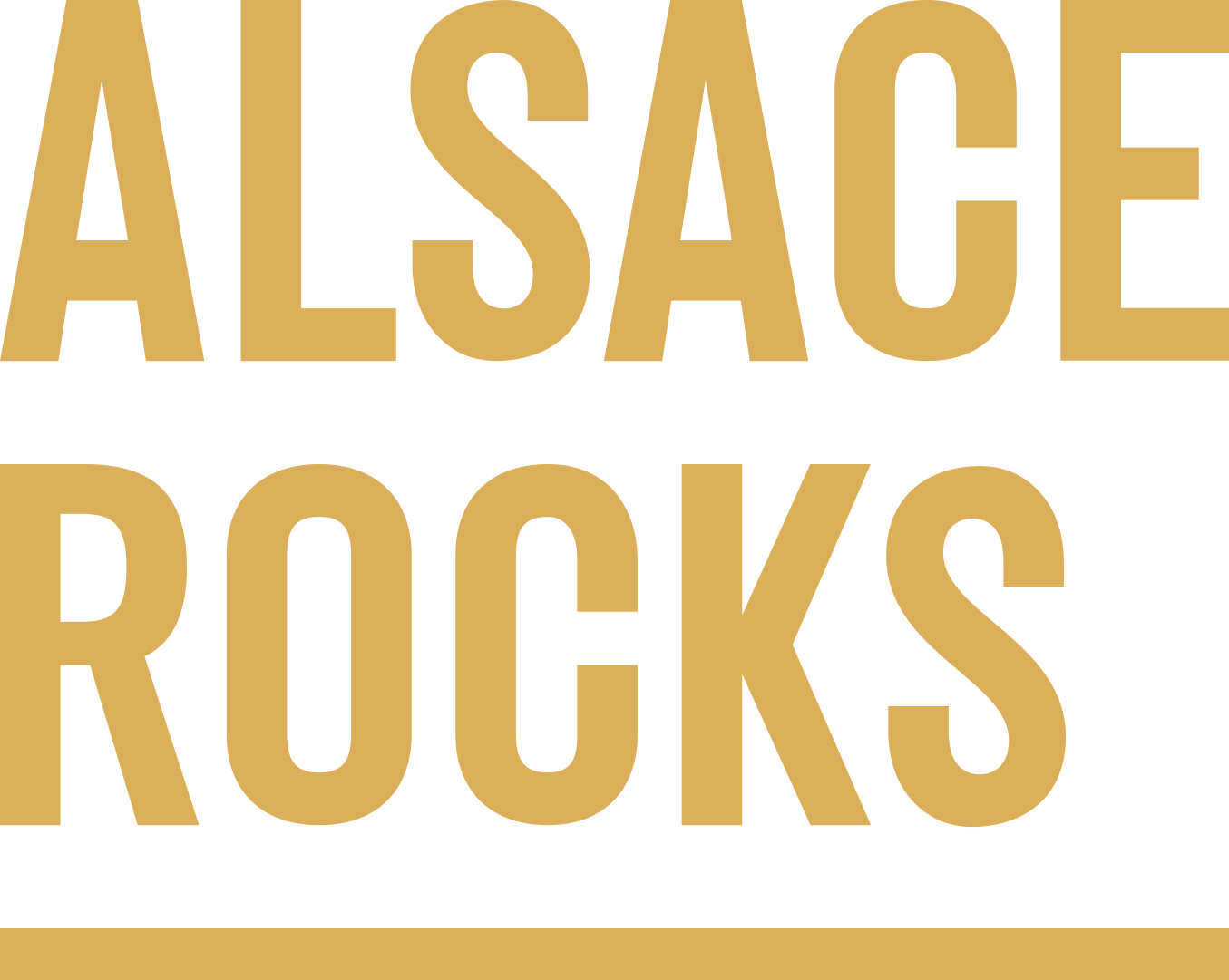If there is one truth in the wine world, it’s that you can always trust a ninth-generation Alsatian winemaker. As much as a twelfth generation one.
There are now eight appellations for crémant sparkling wine using the same méthode champenoise with secondary fermentation in the bottle. Sparkling Crémants must be hand-harvested with a minimum of one-year aging, including nine months on lees with the bottles being turned daily on their ends, allowing the deposit to remain in the neck until they are disgorged. Generally lighter, more floral, and less expensive than Champagne, Pinot Blanc is the major varietal used for white Crémants d’Alsace. Pinot Noir is the only grape variety used to produce Crémants d’Alsace rosés. Vintage Crémants are often aged for a longer time to give their buttery, brioche-y character. Alsace wine-growers harvest early. The Crémant d’Alsace appellation was only recognized in 1976 but has become the top AOC sparkling wine in France behind Champagne. They are very affordable, classy, and dependable alternatives.
At the end of the 19th century, several Alsace-based wine-making businesses produced sparkling wines using the traditional method. Today there are over 500 producers. Most of the best are the oldest.
Dopff Au Moulin
Julien Dopff pioneered sparkling wine-making in Alsace, after seeing and tasting Champagne at the 1900 Paris Exposition and learning about secondary fermentation in Épernay. He began importing grape must from Champagne before realizing that creamy pinot blanc and Alsace’s other white grapes excellent for making sparkling wine. In 1913, he sent his wine sin stemmed bottles to Australia. Dopff Cremant is one of the most beautiful wines in France made in one of its most beautiful villages. They have been making crémant in the picturesque village of Riquewihr since 1574. So they know what they are doing.
Metz
Founded in Marlenheim in 1904, Arthur Metz was another early pioneer of sparkling Cremant d’Alsace. The word itself came from Wolfberger’s Pierre Hussherr. Maison du Arthur Metz includes three properties (Domaine de la Ville de Colmar, Clos St-Jacques, and Hospices de Colmar) with pressing rooms–Scharrachbergheim in northern Alsace and Epfig in central Alsace. The estate also works with more than 400 small growers giving the winery access to over 1000 hectares of grapes. The Cuvee Prestige is a blend of Pinot blanc, Pinot noir, and Riesling grapes grown from both estate and contract fruit. “Perle Noire” is made with Auxerrois grape and has had two years in the bottle. The Reserve de l’Abbaye range commemorates Marlenheim being one of the oldest vineyards going back to the sixth century.
Pierre Sparr
Alexandra Boudot is the cellar master of the ninth generation estate in Beblenheim. The seventeenth-century original vineyards had to be rebuilt after they were destroyed in the Second World War. Sparr produces pale green, almondy Cremants. Try AOC Brut Dynastie. Always go for the AOC!
Mure
Based in Rouffach, ten miles south of Colmar, Veronique Muré and her brother Thomas represent the 12th generation in the family business, which began in 1650 in Westhalten in south Alsace. Clos Sant Landelin goes back to 1935. Véronique is also president of “Les Divines d’Alsace,” an organization of women wine professionals in the region. The highest peak of the Vosges mountains in north-east France, Petit Ballon, and the Grand Ballon, protect the area from stormy winds. The region gets less rain than Nice.
Domaine Boeckel
If you want to try Alsace wines other than Cremant, try Boeckel of Mittelbergheim. Founded in 1853, Domaine Boeckel is now run by the 5th generation of winemakers, Jean-Daniel and Thomas Boeckel. A real Alsatian gem, the Domaine stretches over 23ha of vineyards farmed according to organic viticulture. Their vineyard produces the whole Alsatian range from Sylvaner with Grand Cru status, to delicious Gewürztraminer ( perfect with spicey dishes). Boeckel has the oldest chardonnay vines in Alsace, planted in 1968. Get hold of some organic crémant Zotzenberg Grand Cru. Try Brut Rose too. Ideally, all cremants should be served at 5-7C.








